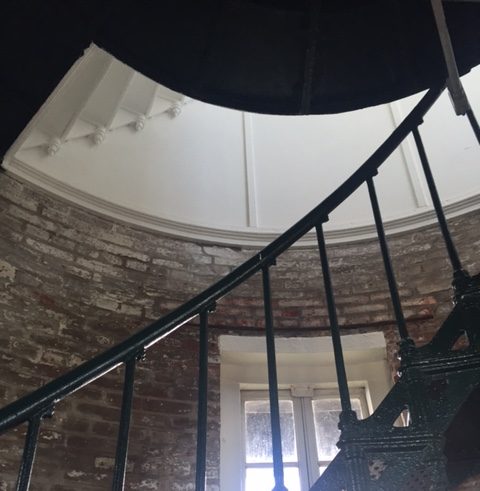
We used to picture that our nervous systems created one continuum of energy within our bodies, ranging from highly active states to sluggishly passive states. New science helps us see that we actually have two different types of nervous system functioning—one for when we feel safe and another for when we face life-threatening danger.
Renaissance Energy
Looking back in time, we can recognize the creativity that blossomed during the Renaissance period in Europe when people sensed safety again following the bubonic plague. The return to safety after a time of great danger creates such a sense of relief that we might picture a renaissance period as an “up time” and a plague period as a “down time.” But looking more closely, we begin to recognize that both times had their own unique versions of ups and downs.
In a renaissance period, we feel safe to fail. We feel free to invite inspiration, to experiment and to have many of our experiments fail as a natural part of the path of discovery. We probably do not like the disappointment that accompanies failure, but we sense that learning to move through disappointment has value.
Plague times bring rising and falling feelings too, but the rises and falls have a very different quality than the ups and downs in a renaissance period. A time of plagues brings huge swings between furious efforts to force solutions and a foggy kind of robotic survival.
Unhealthy Growth?
Because we experience renaissance times as good times and plague times as bad times, we can focus on the growth that is possible during the renaissance times and imagine constant growth as good. We begin to believe that constant growth is a sign of health when it is not. In the body, constant growth is cancer. What is good about renaissance times is the sense of freedom to have growth and decline. In renaissance times, we feel freedom to both succeed and fail.
As science helps us have a more accurate picture of nervous system functioning, we can encourage clients out of plague mentality and into renaissance mentality by offering assurance that failure is an important step toward discovery. Inventors fail many times on their path to creating products and services.
Frantic effort to force constant growth breeds fear of failure—plague mentality. Desperately groping for solutions elicits nervous system functioning that exists in our bodies for times when we are trapped by a predator. When facing predators, we first shoot into fight-or-flight response. Fight/flight offers short-term superhuman ability, but that energy is not sustainable. When we are not able to create solutions by desperate fighting or fleeing, we shut down bodily functioning. We move into dissociative states resulting in a lack of presence.
Download Article 1K Club












